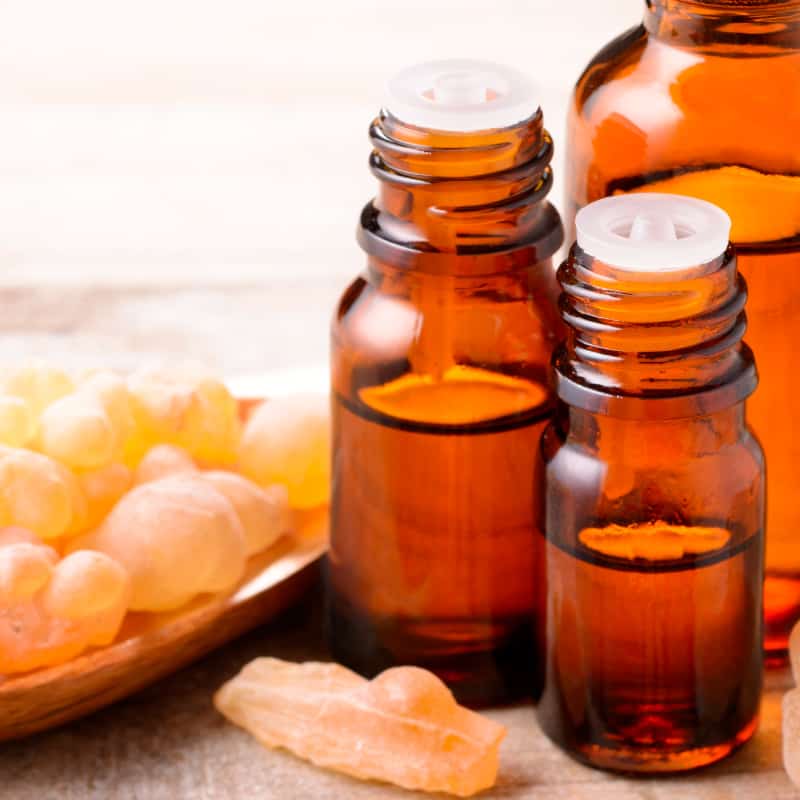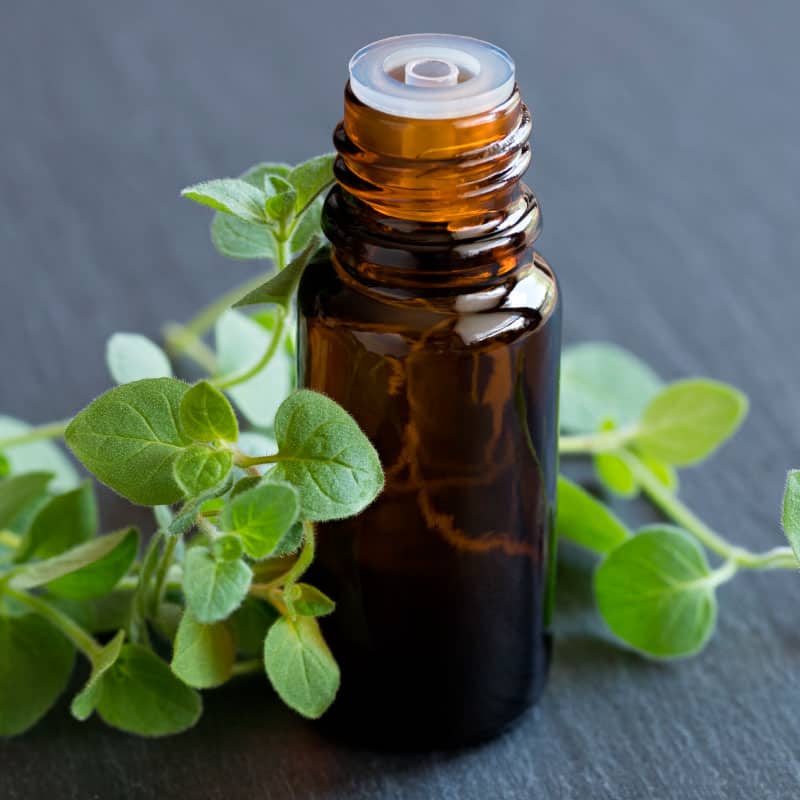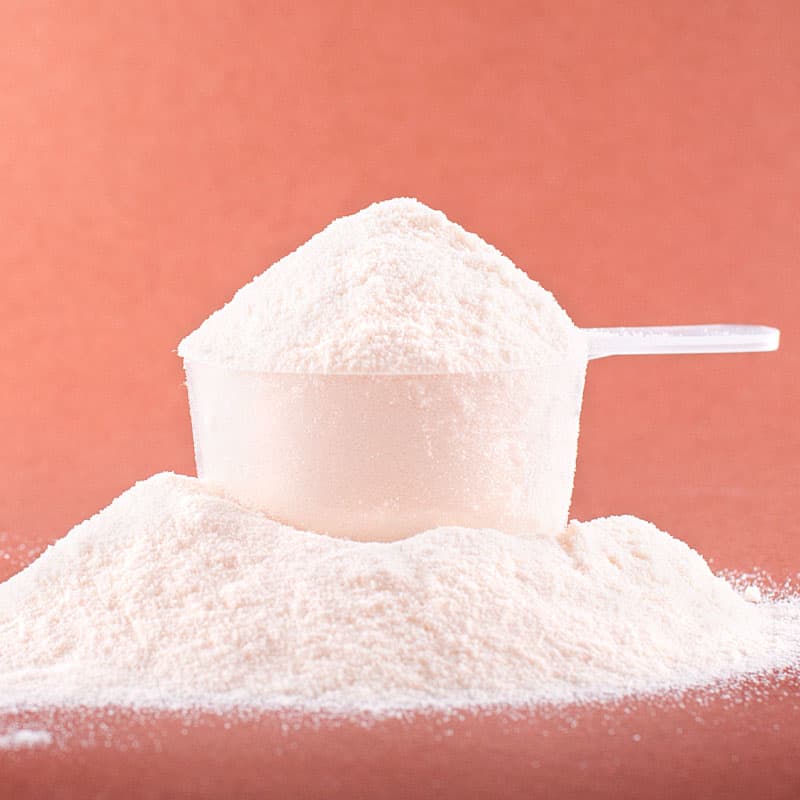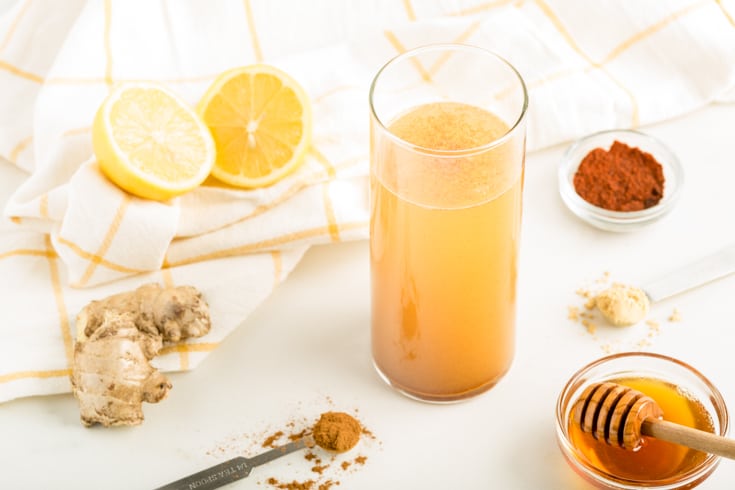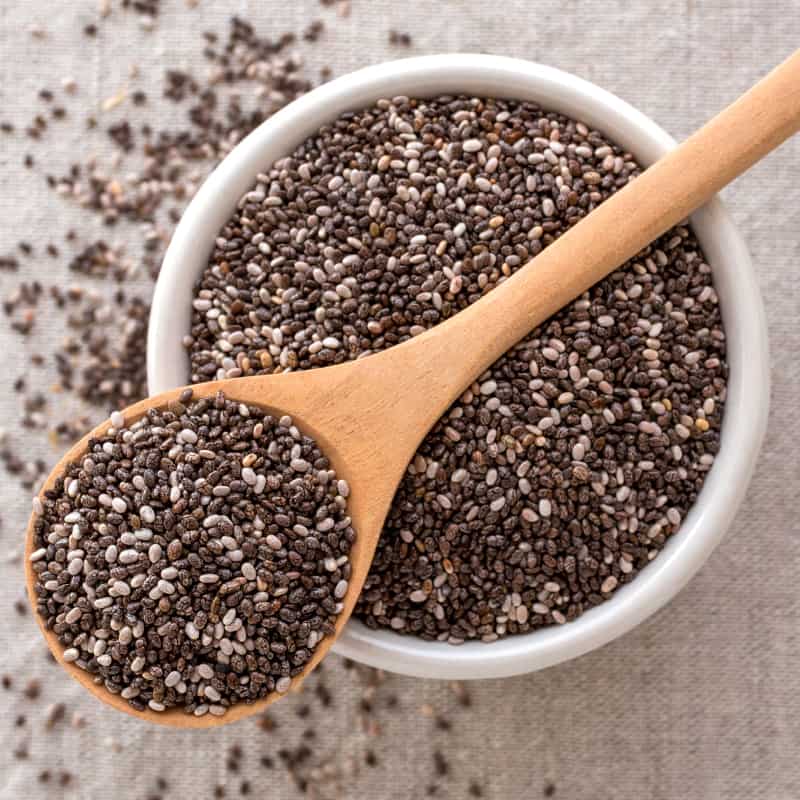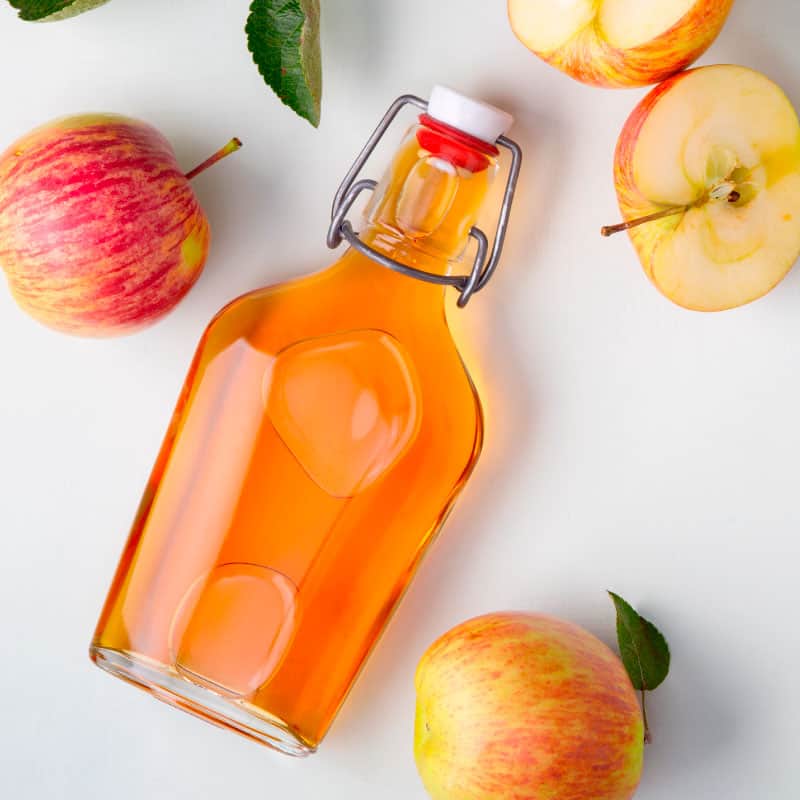This Dr. Axe content is medically reviewed or fact checked to ensure factually accurate information.
With strict editorial sourcing guidelines, we only link to academic research institutions, reputable media sites and, when research is available, medically peer-reviewed studies. Note that the numbers in parentheses (1, 2, etc.) are clickable links to these studies.
The information in our articles is NOT intended to replace a one-on-one relationship with a qualified health care professional and is not intended as medical advice.
This article is based on scientific evidence, written by experts and fact checked by our trained editorial staff. Note that the numbers in parentheses (1, 2, etc.) are clickable links to medically peer-reviewed studies.
Our team includes licensed nutritionists and dietitians, certified health education specialists, as well as certified strength and conditioning specialists, personal trainers and corrective exercise specialists. Our team aims to be not only thorough with its research, but also objective and unbiased.
The information in our articles is NOT intended to replace a one-on-one relationship with a qualified health care professional and is not intended as medical advice.
Overactive Bladder: Causes + 8 Natural Remedies
February 11, 2017
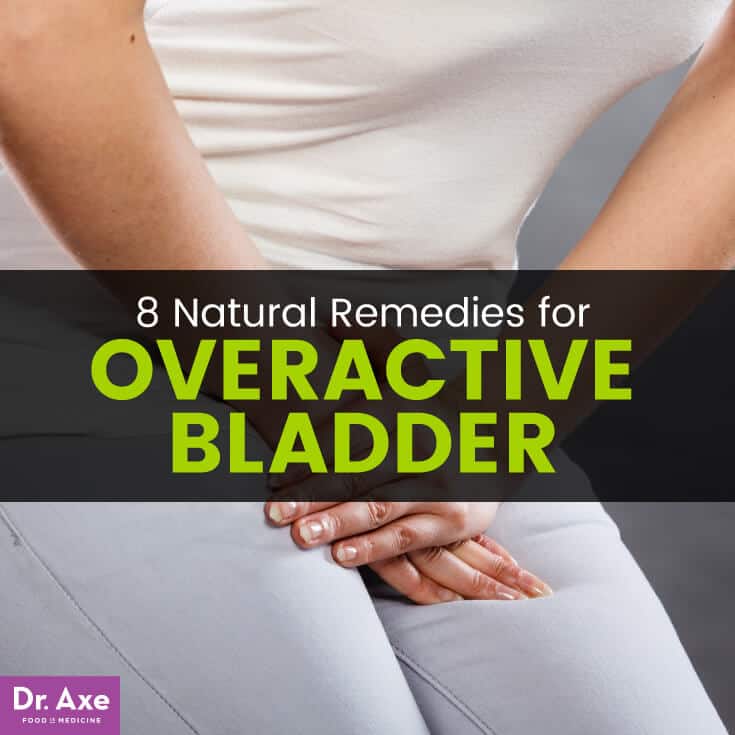
Have you ever thought about your bladder control or how often you urinate each day? Probably not, unless you’ve experienced a bladder control problem like overactive bladder. Overactive bladder (OAB) is a condition in which the bladder cannot hold urine normally. One of the most common symptoms of this health problem is urinary incontinence or leaking urine. Many people suffer in silence, but if you are currently experiencing a bladder-related difficulty you are truly not alone. It’s estimated that at least 33 million Americans have overactive bladder. (1)
Sometimes a person experiencing overactive bladder doesn’t have any underlying health problem. Other times, an overactive bladder can be the result of medications or other more serious health issues, such as diabetes, kidney disease, multiple sclerosis (MS) or Parkinson’s disease. (2) OAB can also occur after surgery or childbirth. How much is too much when it comes to urination? People with OAB typically have to urinate more than 8 times per day or more than once at night. (3)
It’s crucial to address overactive bladder symptoms right away. Early treatment can reduce, or even completely get rid of, the highly unwanted symptoms. (4) With some time and effort, there are several very doable and natural ways you can overcome an overactive bladder.
What Is an Overactive Bladder? Symptoms to Look For
Overactive bladder is a syndrome, or a set of symptoms, that is believed to be due to sudden contractions of the muscles in the wall of the bladder. (5) When you have overactive bladder syndrome, the muscles controlling bladder function start acting involuntarily. This often leads to urinary incontinence or loss of bladder control. The urine leakage experienced by someone with OAB can be as little as several drops to up to several ounces. Sometimes, incontinence can be a sign of something simple like drinking way too many caffeinated beverages on a daily basis. Other times the underlying cause can be something more serious.
An overactive bladder is said to account for 40 to 70 percent of incontinence. (6) What is incontinence? Incontinence is a lack of voluntary control over urination or defecation. When you have overactive bladder, you can experience urinary incontinence or loss of control over urination.
There are actually two different types of overactive bladder. “Dry” is when you have a sudden, urgent need to urinate many times during the day. “Wet” means you have the sudden, urgent need to urinate and you experience bladder leakage, which is also referred to as urge incontinence. Both “dry” and “wet” can occur without any underlying health condition. (7) An estimated 60 percent of OAB patients have dry OAB (no leakage) while 40 percent have wet OAB (urine leakage). (8)
OAB symptoms can differ on an individual case basis. Common symptoms of an overactive bladder include: (9)
- an urgent need to urinate
- urine leakage
- frequent trips to the bathroom
These symptoms can be serious life disruptors during the waking and sleeping hours of a person’s life. Having to constantly go to the bathroom, and not knowing when you might have urine leakage, can cause a lot of stress. If you already have overactive bladder, then you know how important it is to be near a bathroom at all times.
You’re probably wondering just how many trips to the bathroom per day is considered normal. An OAB sufferer typically feels the need to urinate eight or more times in a full day or 24 hour period. This urgent need to relieve oneself might even exist when fluid intake is low. (10)
Causes and Risk Factors
Aging
OAB occurs in both men and women. It’s possible to have overactive bladder at any point in your life. But, it’s especially common in older adults. The prevalence of OAB in people younger than 50 years of age is less than 10 percent. After the age of 60, the prevalence increases to 20 to 30 percent. (11)
The following are some of the other most common underlying causes and risk factors associated with OAB symptoms: (12)
Nerve Damage
A healthy, normal functioning bladder holds urine until it gets full and is prompted to empty by nerve signals. However, when nerve damage occurs in the body, the muscles surrounding the urethra (the tube that takes urine out of your bladder) can be too loose. This undesirable looseness can cause someone to become incontinent. What can cause nerve damage that can then lead to bladder leakage? Some possibilities include:
- Back or pelvis surgery
- Diabetes
- Herniated disc
- Multiple sclerosis
- Parkinson’s disease
- Radiation
- Stroke
Weak pelvic muscles
When a man or woman’s pelvic floor muscles are weak, bladder control issues can happen. The pelvic floor muscles are like a sling that holds up the uterus and bladder. For women, a pregnancy and childbirth can often lead to a stretching and weakening of the vital pelvic floor muscles. When pelvic floor muscles are compromised for this reason or another, the bladder can then sag out of place. The opening of the urethra also stretches and urine easily leaks out.
Menopause
For women, the bladder often changes after the body goes through menopause and makes OAB more likely. One theory is that there is a loss of estrogen that makes up bladder tissue. Or, it’s just due to aging or a combination of both.
Extra weight or obesity
Need another reason to aim for a healthy waistline? Carrying around extra pounds is linked to OAB and urine leaks. This makes a lot of sense since excess weight puts more pressure on the bladder.
Diuretic medications
Diuretics or water pills are very commonly prescribed for high blood pressure. These medications cause your body to get rid of water and salt faster through the urine. As a result, this can cause the bladder to fill up faster and possibly leak.
Other causes behind some OAB symptoms include bladder stones, urinary tract infection (UTI), urethral strictures, benign prostatic enlargement (BPH) or bladder tumors. Often, no apparent cause of overactive bladder can be determined. This is called idiopathic overactive bladder. (13)
Overactive Bladder vs. Urinary Incontinence
Overactive Bladder
- Condition in which the bladder can no longer hold urine normally.
- Often feel a sudden urge to urinate or experience an accident.
- Defining symptom is urgency, or the inability to postpone urination.
- OAB is typically a chronic problem
- Often requires strengthening of pelvic floor muscles to get rid of symptoms like urinary incontinence.
- Symptoms including urinary incontinence are ongoing.
- Bladder muscle problems at the root of it.
- Can result from regularly consuming alcohol and caffeine in large quantities.
- Serious health conditions can lead to OAB including a stroke, diabetes, kidney disease, multiple sclerosis (MS), or Parkinson’s disease.
Urinary Incontinence
- Is when you lose control of your bladder.
- Isn’t a condition; it’s a symptom.
- Is a symptom of OAB.
- Can be caused by a loss or weakening of control over the urinary sphincter.
- Can be a sign of something simple like a singular occasion of too much fluid consumption, a temporary problem.
- Is a common symptom of a UTI along with a burning sensation during urination and/or blood in the urine.
Conventional Treatment
Conventional treatment typically involves prescription medications, specifically antimuscarinic drugs, that aim to calm the bladder. The seven common drugs for overactive bladder include: darifenacin (Enablex); fesoterodine (Toviaz); mirabegron (Myrbetriq); oxybutynin (Ditropan XL, a skin patch called Oxytrol, a topical gel called Gelnique, and generic); solifenacin (Vesicare); tolterodine (Detrol and generic, Detrol LA) and trospium (Sanctura, Sanctura XR and generic).
An analysis of these drugs demonstrated that none of these medications are obviously better than the others. What difference did they find? In addition to cost variations, there were also different side effects including constipation, dry mouth, drowsiness, blurry vision and dizziness. Even most conventional doctors will hopefully tell you to try lifestyle modifications before turning to medications. (14)
In more serious cases, a doctor may inject botulinum toxin (BOTOX®) to calm the bladder muscles. Again, this treatment is not without possible and often serious side effects including urinary tract infection, urinary retention (not being able to empty the bladder completely), hematuria (blood in the urine), fatigue and insomnia. (15)

8 Natural Remedies for an Overactive Bladder
1. Kegel Exercises
If a weak pelvic floor is at the root of your OAB then kegel exercises can help a lot. These pelvic floor exercises can be done anywhere at anytime and they benefit both men and women. When done regularly, they can really help an overactive bladder.
Melody Denson, MD, a board-certified urologist with the Urology Team in Austin, TX, recommends these exercises for OAB. She says, “They will trigger a reflex mechanism to relax the bladder. If you feel a tremendous urge to urinate, doing a kegel before you run to the bathroom will help settle down the bladder spasm and help you hold it until you get there.” (16)
2. Avoid Dietary Triggers
Significantly reduce the following foods and drinks that are known to contribute to overactive bladder: (17)
- Alcohol
- Caffeinated beverages and foods
- Citrus juices and fruits
- Soda and other carbonated beverages
- Spicy foods
- Artificial sweeteners
- Milk and milk products
- Sugar and high sugar foods (also don’t overdo it on honey and choose a high quality honey to use)
Caffeine, alcohol and certain medications like diuretics are known to be major causes of acute incontinence, especially in the elderly population. (18) Cranberry juice is surprisingly another thing to avoid if you have OAB. Although cranberry juice is often recommend for bladder health, it actually acts as an irritant if you have OAB. (19)
3. Watch Fluid Intake
It’s essential to drink enough water each day to avoid dehydration. However, if you are drinking too many liquids right before bed, you are more likely to need to empty your bladder. Many OAB sufferers have nocturia, which is the need to urinate several times a night. This is obviously very disruptive to a good night’s sleep. Additionally, a really sound sleeper may not get out of bed fast and can end up unintentionally wetting the bed. To reduce this risk and OAB symptoms at night, it’s recommended to limit fluid intake before bedtime. One suggestions is to not drink any liquids after 5 or 6 p.m. (20)
4. Double-Void
Another natural way to help with OAB symptoms, especially at night, is to double-void. This means that you urinate not once, but twice before going to bed. Melody Denson, MD (board-certified urologist) recommends, “Go to the bathroom, then brush your teeth and go through the rest of your bedtime routine. Then, just before you’re about to lie down — even if you don’t feel like you have to go — try to urinate and see if you can squeeze out another tablespoon or so.” (21)
5. Schedule bathroom trips
To help retrain your bladder, you can try keeping a daily dairy of urinary urges and trips to the bathroom, as well as any urine leakage. After you figure out how many times you’re going to the bathroom daily, you can start scheduling your trips, adding on about 15 minutes to the normally expected time. Even if you don’t have to go to the bathroom, stick with the scheduled times. As time passes, you can increase the amount of time that passes between urinations. This is meant to improve bladder control. (22)
6. Delay Urination
Delaying urination is another part of a typical bladder retraining technique. It may not sound pleasant, but if you can hold out another few minutes after feeling the urge to urinate, you can help retrain your bladder. By gradually increasing the holding time, you can eventually and ideally go at least three to four hours without having to go to the bathroom. At some points, if you find that you really just can’t hold it any longer, use the bathroom (I don’t want you to have a visible accident!), but stick to your next scheduled urination time. (23) Using relaxation techniques, such as deep breathing, can help make the delay time more bearable.
7. Try Acupuncture
A study published in the British Journal of Urology offers another natural treatment option for OAB: acupuncture! The study’s 20 subjects received acupuncture treatment once per week for a total of 10 weeks. Each treatment session was 30 minutes long and targeted acupuncture points SP6, CV4 (RN4) and KI3. The results of this study were excellent: 77 percent of patients with idiopathic detrusor instability were symptomatically cured. (24, 25) Idiopathic detrusor instability (IDI) plays a role in OAB because it a common cause of lower urinary tract storage symptoms including urgency, frequency and urge incontinence. (26)
8. Stop Smoking
The reasons to stop smoking cigarettes are basically endless. Here is another. Smoking not only irritates the bladder, it also increases the risk of bladder cancer. Smoking cigarettes can also lead to coughing spasms that increase problems with stress incontinence. (27) Stress urinary incontinence occurs when the bladder leaks urine during physical activity or exertion including coughing or lifting something heavy. (28) Anyone who smokes and is dealing with overactive bladder should quit smoking right away.
Precautions and Proper Diagnosis
The main symptoms of OAB can also occur in other health conditions like bladder cancer, urinary tract infection (UTI) and enlarged prostate. Seeing blood in your urine is not a symptom of OAB. (29)
A sudden and frequent need to urinate is common in both OAB and a UTI. How can you tell the difference between these two urinary health issues? Unlike OAB, a UTI also comes with other symptoms such as discomfort while urinating. In addition, OAB symptoms are continuous while UTI symptoms are sudden and may also include a fever. (30)
Overflow incontinence is characterized by the involuntary release of urine from an overfull urinary bladder, often in the absence of any urge to urinate. This condition is not associated with OAB. It typically occurs in people who have a blockage of the bladder outlet, which can occur with benign prostatic hyperplasia, prostate cancer or a narrowing of the urethra. Overflow incontinence can also occur when the muscle responsible for removing urine from the bladder is too weak to empty the bladder in a normal way. (31)
It is very important to see a doctor to ensure a proper diagnosis if you experience any changes in your urine and/or urination habits.
Final Thoughts
I don’t want an overactive bladder to keep you chained to your home or more specifically, to your home bathroom. I hope these natural tips will help you to regain control of your bladder as well as your life. It’s easy to take aspects of our health for granted.
The older you get, the more likely overactive bladder may be, but please don’t just write it off as a normal part of aging that you have to deal with for the rest of your life. OAB symptoms are something that you have the power to improve, and hopefully eliminate, if you’re willing to make the changes and put in the effort required for natural treatment.
Don’t put off addressing your overactive bladder symptoms. Remember that early treatment can reduce or even completely get rid of unwanted OAB symptoms.

